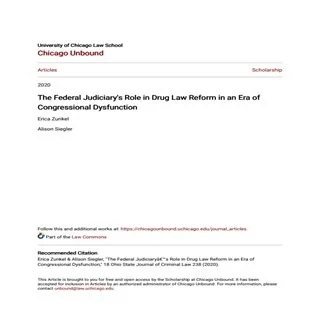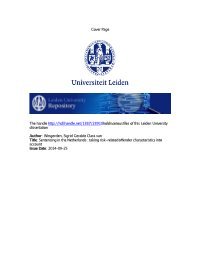By UK Ministry of Justice
In the summer of 2024, capacity pressures brought the prison system dangerously close to collapse. The adult prison population, estimated to be over 87,000 as of April 2025,1 currently exceeds the capacity the system is designed to accommodate and is projected to increase. To address these capacity challenges, successive governments have been forced to adopt emergency measures to free up spaces, including reducing the release point for some prisoners from 50% of their sentence to 40% (SDS40).2 These measures cannot resolve the capacity crisis in the long term nor fortify the effective running of our prisons. Commissioned by the Ministry of Justice in October 2024, this Independent Sentencing Review (“the Review”) was given the task of a comprehensive re-evaluation of our sentencing framework, to ensure the country is never again in a position where it has more prisoners than prison places, and the government is forced to rely on the emergency release of prisoners. This Review also welcomes the opportunity to think more imaginatively about how we sentence and use custody, holding the view that our current system, regardless of prison capacity pressures, requires considerable reform to rehabilitate offenders more successfully, reduce reoffending and support victims. The purposes of sentencing, as set out in legislation, are punishment, reduction of crime, reparation, rehabilitation and public protection. The Review’s Part 1 report History and Trends in Sentencing found that over the last two decades, sentencing has focused disproportionately on punishment with a view from politicians and the media that “the only form of punishment that counts is imprisonment.”3 Punishment is an important aim of the criminal justice system and prison plays a vital role in delivering punishment. However, too often political decision-making has been based on an approach that punishment is all that matters, with political parties lacking appropriate focus on the most effective ways to reduce crime. This is demonstrated by the high levels of reoffending, suggesting that the current approach is failing to achieve rehabilitation and address the root causes of offending. Overall, proven reoffending rates for adult offenders have fluctuated between
Recommendations
There are nine detailed chapters in the review, each with accompanying recommendations – a total of 48 in all. I summarise the nine chapter headings and overall recommendation for each below.
Revisiting the statutory purposes of sentencing – recommends amending the statutory purposes of sentencing to emphasise the importance of protecting victims and reducing crime.
Strengthening alternatives to custody in the community – recommends revising the sentencing framework to ensure sentencers can take full advantage of the flexibility of community sentencing, including financial penalties and ancillary orders.
Reducing reliance on custody – the expected recommendation to legislate to ensure short custodial sentences are only used in exceptional circumstances.
Incentivising progression from custody to community – prisoners can be released earlier through “earned progression” defined as rewarding compliance with prison rules.
Taking a victim-centred approach – recommendations to improve public awareness and information on sentencing, more transparency about sentence lengths and better support to victims.
Targeted approach to different groups – recommendations aimed at prolific offenders, women, drug and alcohol offenders, older offenders, Foreign National Offenders and sex offenders.
The role of the probation service – more investment in the service itself and funding for Third Sector and community organisations.
The role of technology – rapid roll out of technology in offender supervision, improved data sharing and explore use of advanced AI.
A sustainable prison system – longer term recommendations including an external advisory body and transparency around the impact of new legislation on prison capacity.
London: UK Ministry of Justice, 2025. 192p.














